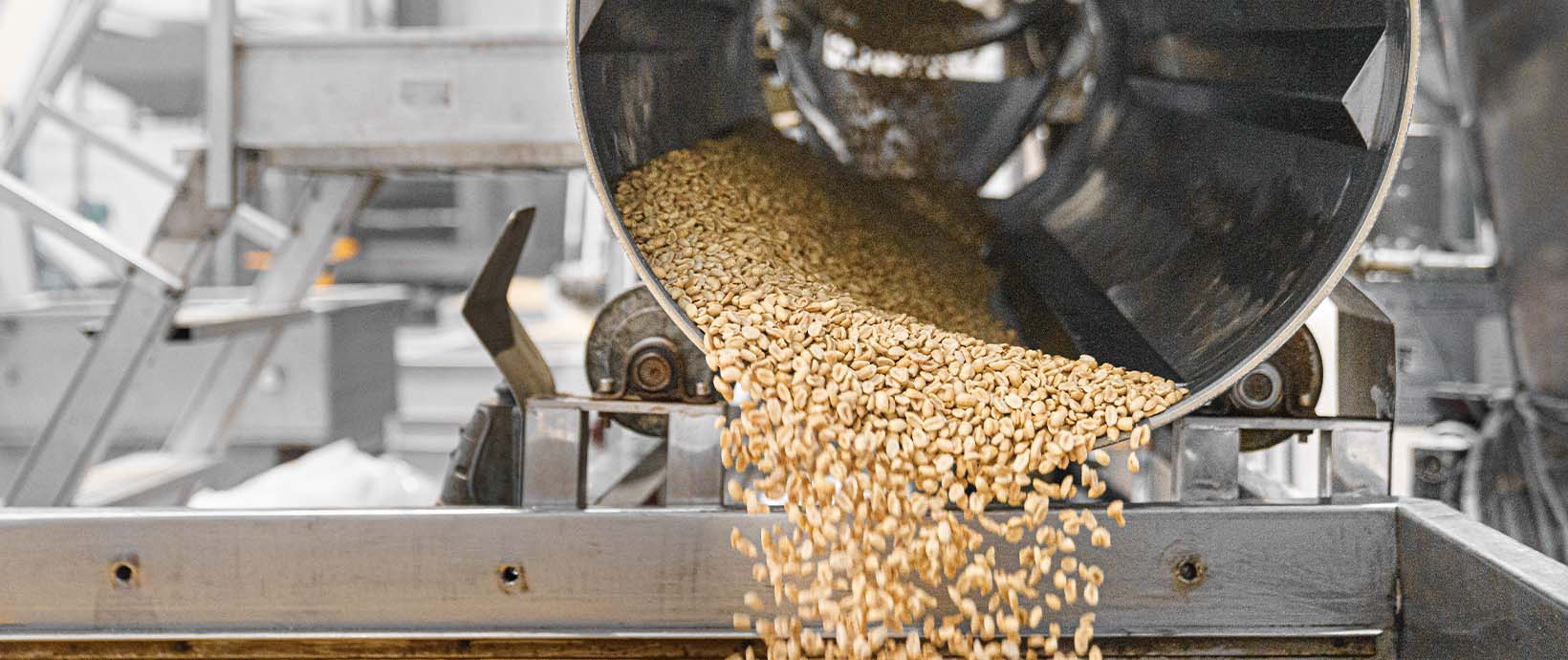Future Says S4E6: Striking "Oil” with the Connected Car
Describing data as “the new oil” has quickly become a cliché among technology commentators. But as metaphors go, it does emphasize that successful artificial intelligence (AI)-driven projects require quality data – and lots of it. That explains why the inexorable growth of the “connected car” is generating so much interest within the data science community.
Equipped with built-in internet connectivity (typically via mobile networks), and any number of different sensors, connected cars open the door to a wealth of new opportunities. These include delivery of added-value services to drivers and passengers, real-time communication with the car’s manufacturer, and permanent connection to the fast-growing Internet of Things (IoT).
To get an idea of data’s potential, let’s start with a few facts. Recent research suggests that more than half of the cars sold around the world in 2022 were “connected.” In the U.S., the proportion was more than 75%. Estimates of the amount of data shared by each connected car vary greatly. However, figures of 1 terabyte (TB) per hour and above are common.
Whatever the size of the connected car fleet and the volume of data being transmitted, it undoubtedly represents a vast resource. It’s also widely recognized that this “new oil” remains largely untapped and unrefined by many within the automotive industry.
Delivering Deeper Insights for Subaru Canada
Sandeep Gupta, manager of connected business for Subaru Canada, is well aware of data’s value and is putting it to work in a range of areas. As the guest for episode six of Future Says season four, he shares his belief that the emergence of the connected car is good news for everyone. Customers and OEMs alike are already enjoying multiple benefits. Moreover, he explains that insights buried within today’s data will be an invaluable aspect of future vehicle design. He’s also confident that 5G’s arrival will provide the foundations for widespread autonomous driving. At the same time, it’ll usher in a world in which cars are connected not just to one another, but the infrastructure around them too.
In particular, Gupta highlights how connectivity is at the heart of advanced driver assistance systems (ADAS), and the integration of automated emergency response capabilities within vehicles.
But customers aren’t the only people who benefit. For Gupta, vehicle connectivity is a win-win situation for both customers and manufacturers. For example, data generated by connected cars can be used to identify potential issues in vehicles that are on the road. Error codes can be used for preventative maintenance long before there’s any risk of a serious breakdown. That means a better experience for the customer, and quite possibly a reduction in warranty costs for the manufacturer too.
Laying the Foundations for Connected, Autonomous Driving
Gupta also sees the connected car as a vital component in the complex pathway to autonomous driving. Crucially, 5G supports the high-speed data transmission needed to make Level 5 automation a reality in the mainstream vehicle market. Gupta predicts that 5G will underpin a shift from vehicle-to-vehicle to vehicle-to-everything communication for whole industry. “That will eventually be built into the space of smarter cities, smarter transportation. I think ten years down the line, I think it’s all going to be synced.”
For all the possibilities on offer, Gupta also recognizes that accessing this data also entails serious responsibilities. Legal compliance is also a major priority and significant challenge. Just like the technology involved in the connected car, the regulatory environment is transforming. Without a doubt, OEMs need to keep pace.
What Do Customers Really Want?
Gupta explains that data provides valuable insight for manufacturers into not just into how their cars are performing on the road, but also how customers are using them. What features are drivers using the most? What features are they ignoring or overlooking?
The results are illuminating. For example, he says that, for all the new technology being deployed, many people still take a traditional approach to driving. In this respect, another powerful use of the data is to inform marketing and customer communication – something many previous Future Says guests have discussed. Data analytics is indeed a very useful tool for optimizing advertising campaigns. However, Gupta adds that data insight can also help OEMs educate users on the potential of any underused features that 24/7 connectivity is making possible.
Shaping the Future of Automotive Design
If Gupta’s approach is reflected throughout the automotive industry, the connected car looks set to give consumers a more powerful voice in the future of car design. And his experience suggests that their input won’t always be predictable. Amidst all the excitement surrounding megatrends such as connectivity and autonomous driving, OEMs also need to remember that consumer adoption can never be taken for granted. Not every innovation will resonate immediately. In some cases, manufacturers will need to be proactive and persistent in communicating benefits.
Fortunately, a combination of good data and effective analysis can facilitate such efforts. In a fiercely competitive market, one of the connected car’s most valuable contributions will be to help OEMs remain focused not just on the possibilities of technology, but also – and even more importantly – on developing vehicles crafted around the aspirations and expectations of their customers.
Click here to listen to the full episode with Subaru Canada’s Sandeep Gupta. To learn more about the Future Says series and browse previous episodes, visit https://altair.com/future-says.
Future Says Season 4 is proudly sponsored by Oracle. Oracle offers integrated suites of applications plus secure, autonomous infrastructure in the Oracle Cloud. For more information about Oracle (NYSE: ORCL), please visit http://www.oracle.com/.
S4 Previous Recap Articles
- Episode 1: Reinventing the Car and Exploring Automotive Megatrends
- Episode 2: Transforming Renault into a Tech Company with Luc Julia
- Episode 3: Harnessing the Power of Data Literacy in Automotive
- Episode 4: Taking the Right Approach to Data Analytics in the Automotive Industry
- Episode 5: Building AI Communities in the Automotive Industry




